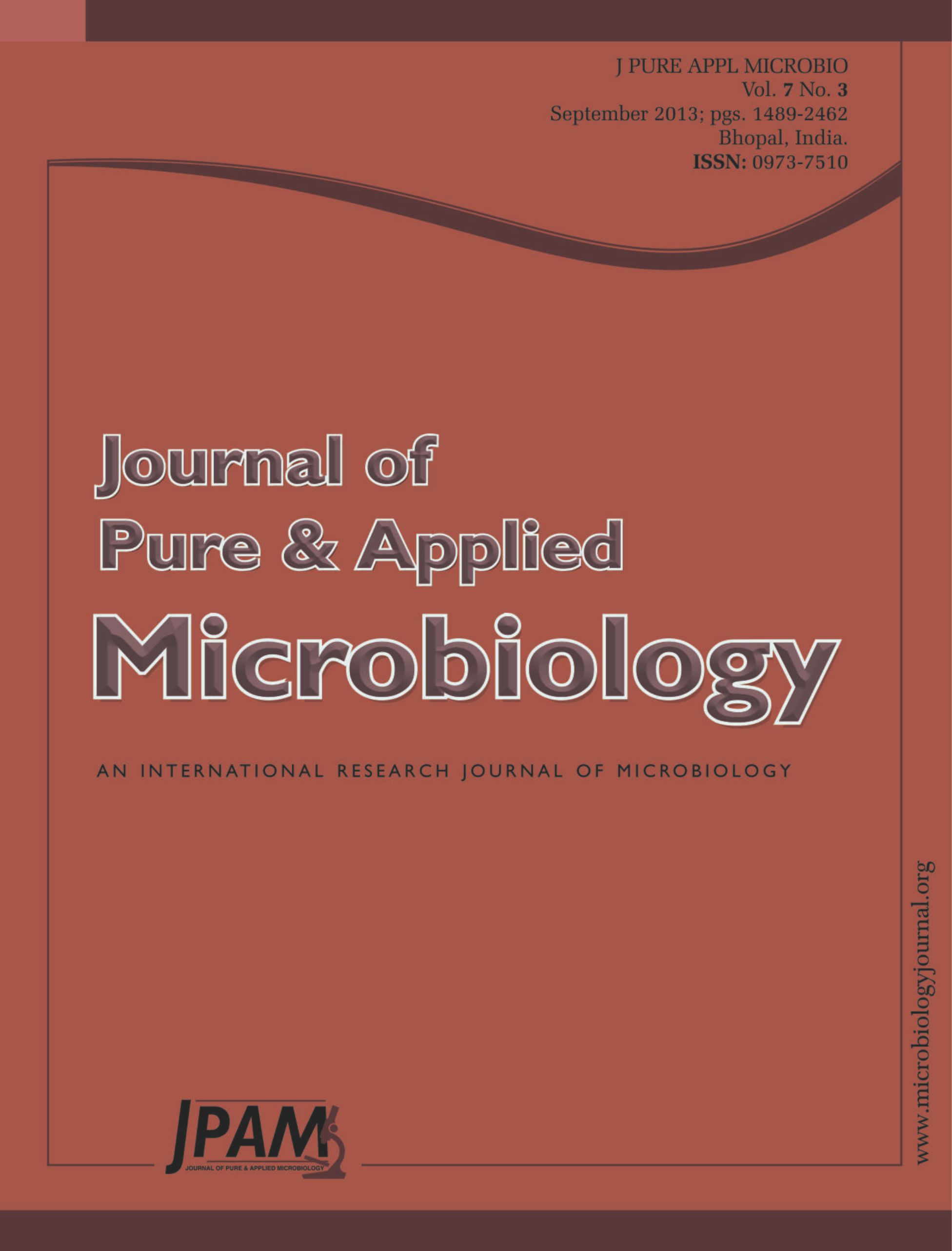Bacterial Foraging Algorithm (BFA) is a recently developed swarm bio-inspired algorithm mimics the foraging and chemotactic behaviors of E. coli bacteria. However, BFA’s optimization performance is not so good compared with other classic algorithms as it has several shortages. This paper presents an improved BFA (IBFA). In the new algorithm, social learning is introduced so that the bacteria will tumble towards better directions in the chemotactic steps. As well, adaptive step length strategy is employed in chemotaxis to balance the exploration and exploitation abilities. The new algorithm is tested on the real-world multi-working modes products (MMP) color planning problem. Experiments present a comparative study on the color planning problem for the proposed IBFA, genetic algorithm (GA), and particle swarm optimization (PSO). Simulation results demonstrate that the proposed method is feasible and efficient.
Color Planning, Bacterial Foraging, Genetic Algorithm, Particle Swarm Optimization, Grey Theory
© The Author(s) 2014. Open Access. This article is distributed under the terms of the Creative Commons Attribution 4.0 International License which permits unrestricted use, sharing, distribution, and reproduction in any medium, provided you give appropriate credit to the original author(s) and the source, provide a link to the Creative Commons license, and indicate if changes were made.


